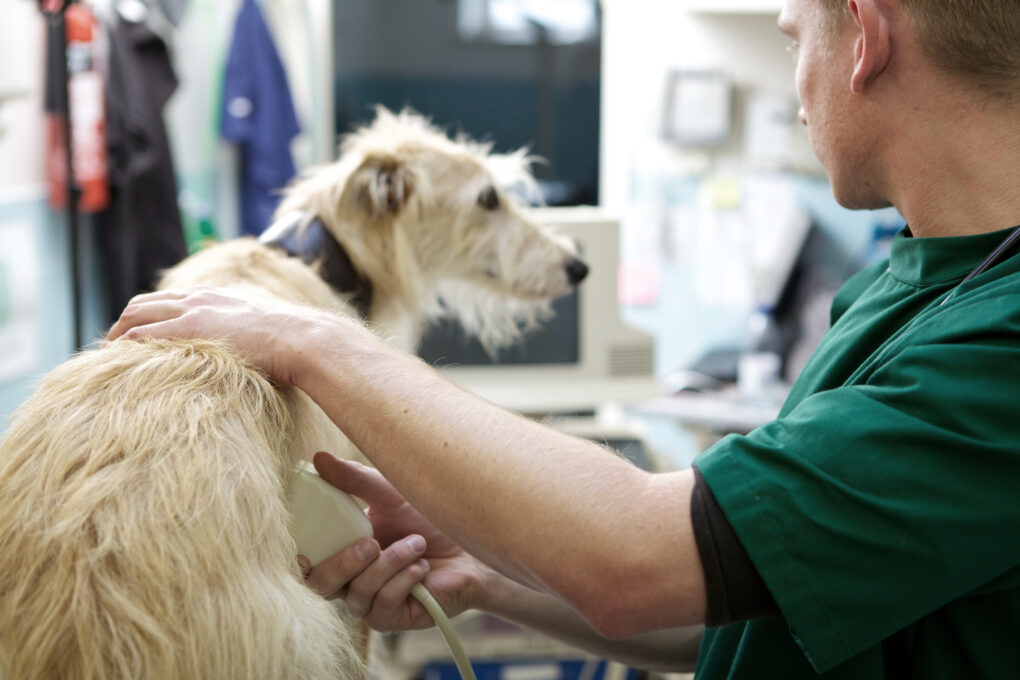What is antimicrobial resistance?
Antimicrobial resistance (AMR) occurs when bacteria, viruses, fungi and parasites change to become resistant to antimicrobial medicines. Antimicrobials include antibiotics, antivials, antifungals and antiparasitics. This resistance means that antimicrobials are no longer effective against infections caused by these microorganisms, which are sometimes called ‘superbugs’. As a result it becomes harder to treat infections, which increases the risk of infectious diseases and of disease spreading.1
What causes AMR?
Antimicrobial resistance occurs naturally over time, usually as the genetic make-up of microorganisms develops. However, inappropriate use of antimicrobials in people, animals and crops is strongly accelerating this process.
For example, antibiotics are used in cases of colds and flu, even though they are not effective against viral infections. Antibiotics that are critical to human health are prescribed in cases where less powerful medicines would be effective. Antibiotics are used to prevent infections, when other approaches could work equally well. They are also used to promote animal growth.
Other factors that accelerate AMR include poor infection prevention and control practices, limited surveillance of infection rates globally and a lack of development of new antimicrobial drugs.2
Why is AMR a major threat?
Antimicrobial resistance is one of the top 10 global public health threats in the 21st century.
World Health Organization. 2024. Antimicrobial resistance factsheet
Accelerated resistance to antimicrobials has led to an alarming increase in life-threatening infections across the world. Pneumonia, drug-resistant tuberculosis and HIV drug resistance are on the rise. There is also steep growth in bloodstream infections, urinary tract infections, and many hospital-acquired infections. Virtually all influenza A viruses in humans are now resistant to one category of antiviral drugs.
At the same time that existing treatments for many infections are becoming less effective, the range of infections caused by these microorganisms is growing.
AMR has a ripple effect on other health issues: without effective antibiotics, medical procedures such as surgeries, chemotherapy and diabetes management become much riskier and more challenging.
AMR and the veterinary professions
AMR has major implications for the health of animals. Resistant bacteria can spread between and within animal, human and plant populations, travelling through waterways, soil and air.
As in human health, the drugs previously used to treat certain infections are becoming less effective, which can lead to poorer outcomes. In commercial farming, this can reduce productivity, and threaten food security and livelihoods.
Veterinary professionals have a vital part to play in tackling AMR. Antimicrobial stewardship is the cornerstone of safeguarding the effectiveness of these medicines.
There are many aspects to ensuring antimicrobials are used responsibly, and everyone in the veterinary team can contribute. For example, practices need to consider prescribing practices, and storage and disposal protocols.
It is also important to work closely with owners on the bigger picture of animal health. This will help to plan for outbreaks, prevent and manage infections, and protect patients, owners and the community.
AMR is a complex global issue that everyone must work together to tackle…Together we can make a real difference.”
Fergus Allerton
References
- World Health Organization. 2025. Antimicrobial resistance.
- NHS England. 2024. Antimicrobial resistance (AMR)

